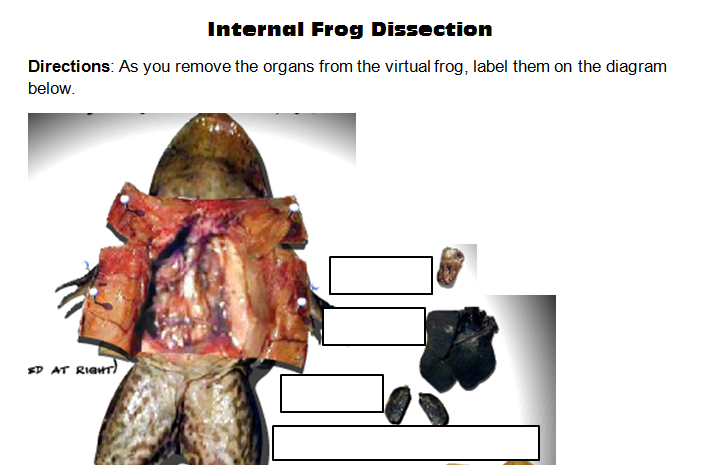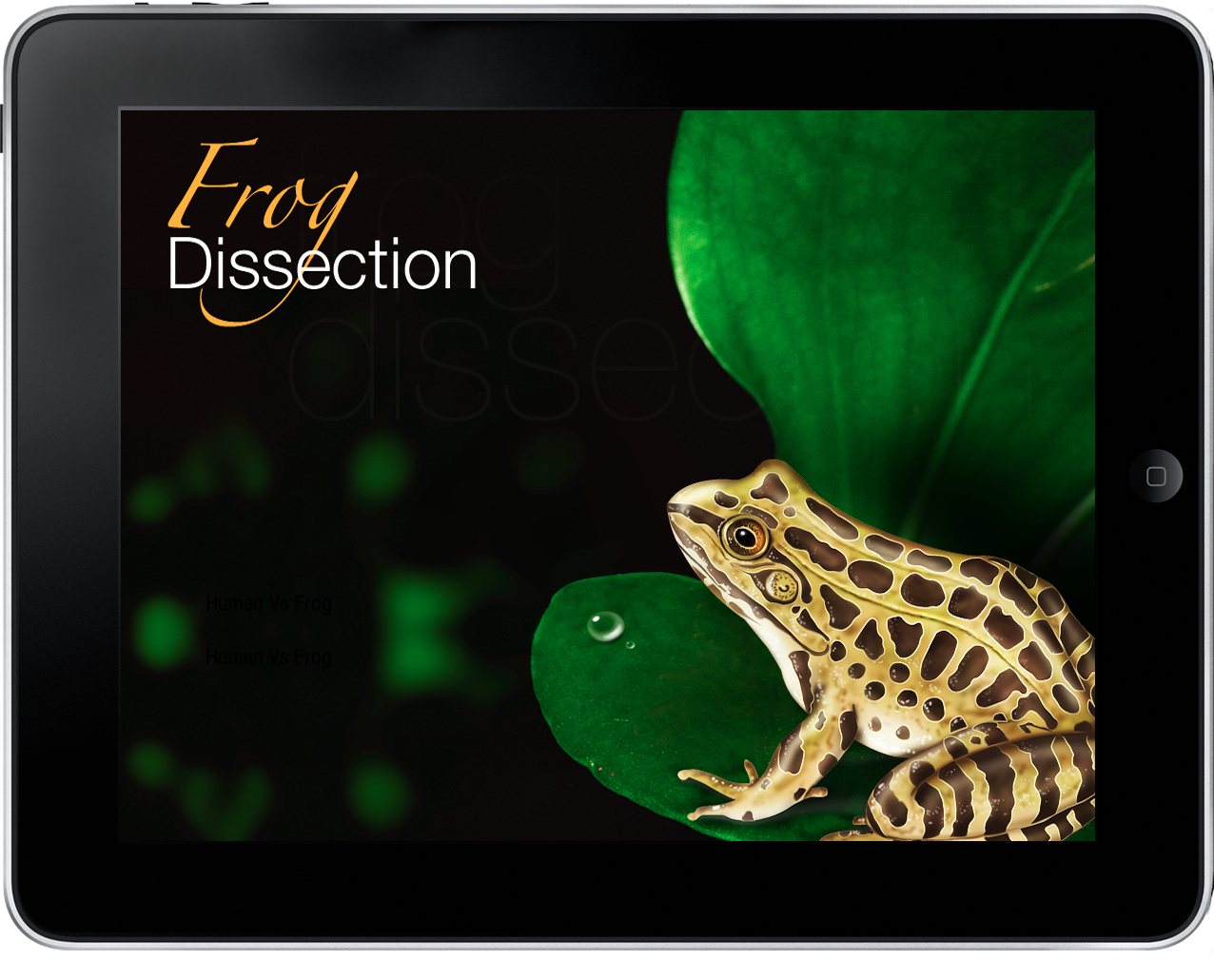

'01, president and chief scientist at Tactus Technologies, based in Getzville, a northern suburb of Buffalo. "Other products out there are multi-media, not true virtual reality," explains Kevin P.
Simulated frog dissection software#
V-Frog, the world's first virtual-reality-based frog dissection software designed for biology education - allowing not mere observation, but physically simulated dissection - has been developed and is being marketed by Tactus Technologies.Ī provider of virtual reality, visualization and simulation products and services, Tactus Technologies is a spin-off of the University at Buffalo Virtual Reality Laboratory.A provider of virtual reality, visualization and simulation products and services, Tactus Technologies is a spin-off of the University at Buffalo Virtual Reality Laboratory. V-Frog, which operates on a personal computer using a standard mouse, actually simulates nearly unlimited manipulation of specimen tissue.

As a result, every dissection is different, reflecting each student's individual work.
Simulated frog dissection plus#
The software is designed for grades 7 through 12, plus advanced placement biology students.

Using a simple mouse and PC, students can "pick up" a scalpel, cut open V-Frog's skin, and explore the internal organs - with true real-time interaction and 3-D navigation that actually accommodates discovery and procedures not possible with a physical frog specimen. "You can go through the entire alimentary canal, using the endoscopic function - something you could never do with a real frog," says Chugh. Students would never get the opportunity to see and work with these things this way with a real frog." "Likewise, with our V-Frog, you can explore nerves and blood vessels, and look closely at how the brain is wired. Life-like V-Frog, which was in development for three years, uniquely allows for comparative anatomy, letting students make parallels and contrasts between the amphibian's physiology and that of a human being, crab and other organisms. In addition, V-Frog allows students to watch a beating heart, observe digestion, dissect, probe and perform endoscopic procedures. "With other products, it's just a video - static and two-dimensional," Chugh explains. "This is a simulation product, not simply a static Web site. It's actually superior to physical specimens and multi-media representations. The technology allows for virtual surgery.

It's truly a physically simulated dissection." Our tissue simulation lets students see the correlation between form and function, and can be manipulated however the student wishes. The Humane Society of the United States, as well as educators, legislators, students and others, support the realization that the use of virtual-reality frog dissection means no exposure to chemicals and potentially dangerous instruments, no specimen or ecosystem harm and no specimen disintegration. "This is very much a sign of the times," declares Chugh, noting that at least 25 states have laws or ordinances mandating that, if dissection is part of a school's curriculum, students must have an alternative to dissection. "It's a mainstream reality."Īdditionally, the use of V-Frog means students are not constrained to a lab environment. The state-of-the-art product complies with both inquiry and life science standards.


 0 kommentar(er)
0 kommentar(er)
